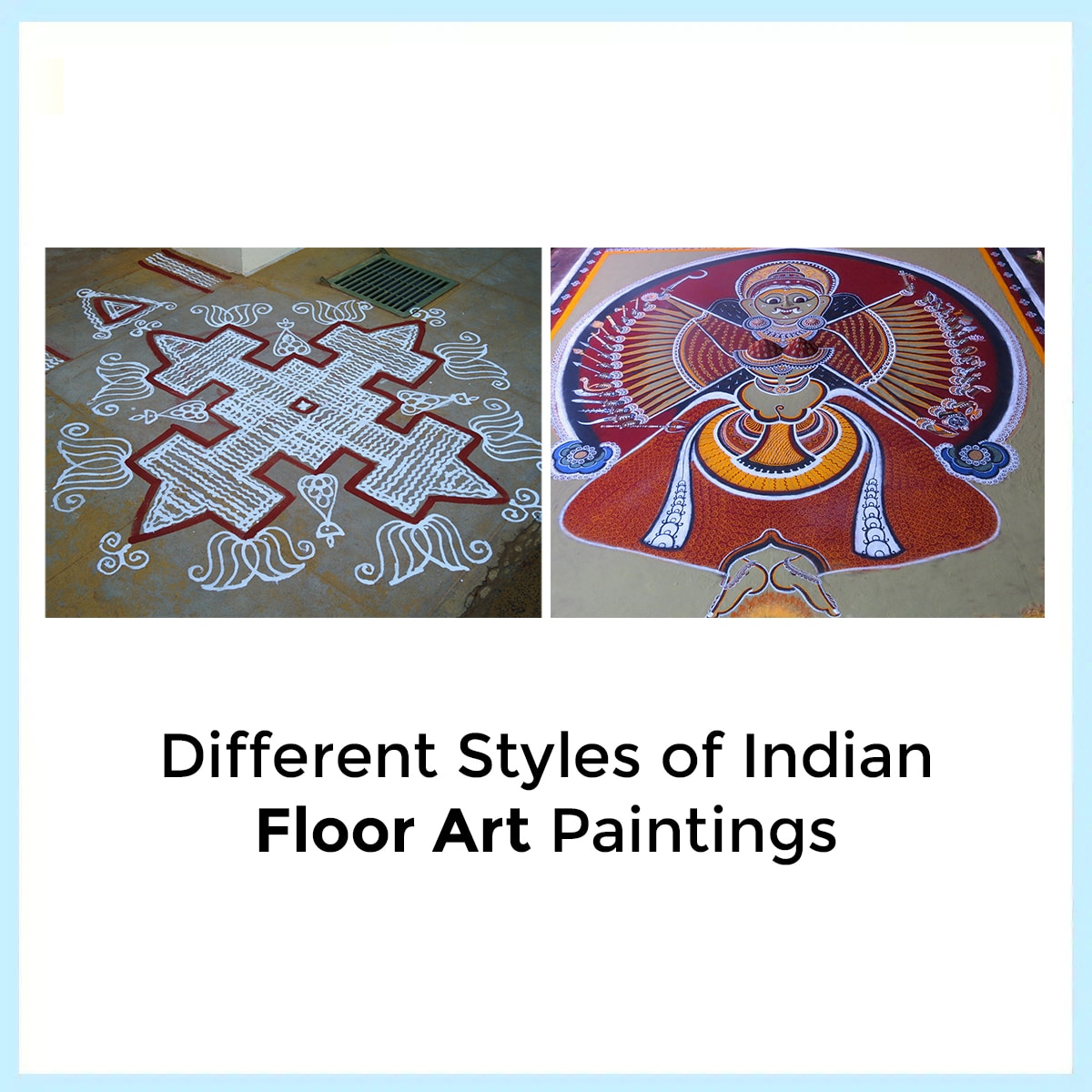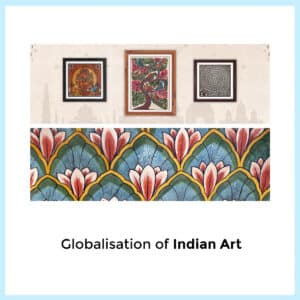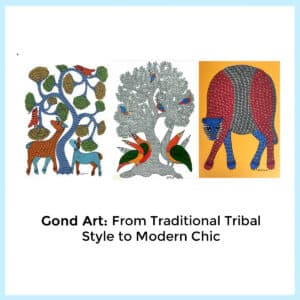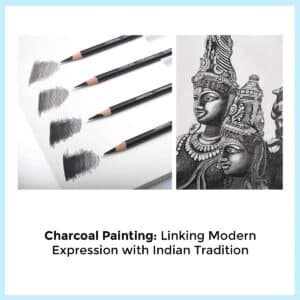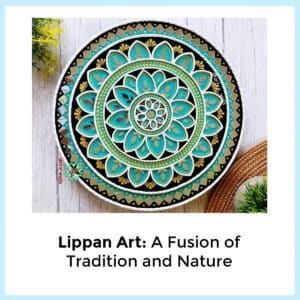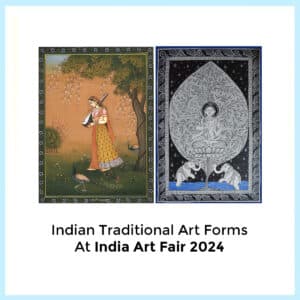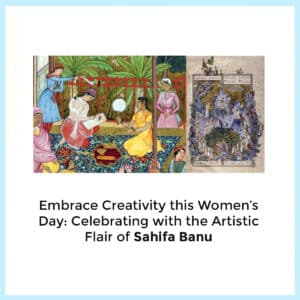India has a long tradition of floor paintings that are rich in spiritual, religious, and cultural significance. These artistic disciplines, which go by different titles in different states, are customs that have been passed down through the ages. Let’s explore the many floor painting techniques that are popular in India.
Tamil Nadu's Floor art Kolam
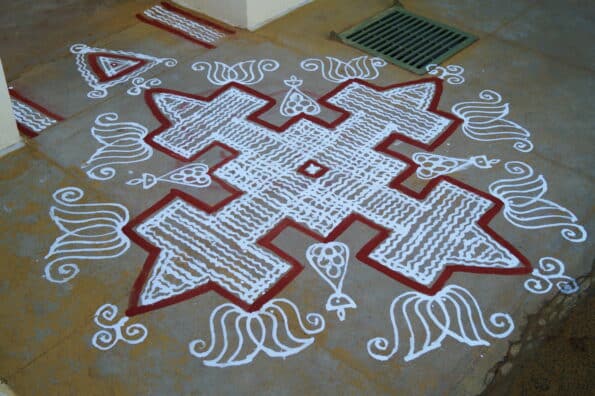
In Tamil Nadu, Kolam is a kind of traditional floor art that is used for both decorative and religious reasons. Every day, symmetrical geometric designs known as Kolam patterns are made on doorsteps, signifying fertility and global equilibrium. Kolam art, which is made of rice flour or paste, is said to provide a calming effect for birds and insects, which is consistent with the Hindu belief that feeding animals is a daily duty.
West Bengal's Alpona
West Bengal’s native Alpona floor art is linked to the Shantiniketan and Bengal Schools of Art and is ingrained in everyday customs. Traditionally, women have used topping chal, or refined rice paste, on clay or mud backgrounds to make Alpona motifs. Alpona’s themes change according to the occasion, with elements honoring motherhood, fertility, and traditional festivities.

Kerala's Kalamezhuthu
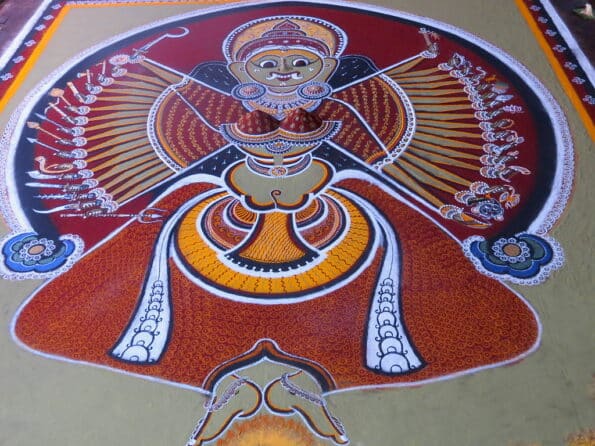
Kerala is the birthplace of the unusual floor painting technique known as “Kalamezhuthu,” which is mostly used in temples. The eyes of the god are painted last to represent the artwork coming to life in this style of art, which employs vibrant colors to show deities brandishing weapons. Natural colors derived from ingredients like rice powder, vermillion, turmeric, and paddy husk are utilized to create elaborate designs that enhance the divine spirit of the work by giving it a three-dimensional appearance.
Maharashtra's Rangoli
In Maharashtra, Rangoli is a common type of floor art that is made at home entrances and is distinguished by colorful, freehand motifs. This artwork is meant to be a welcoming gesture for visitors, bringing money, health, and prosperity. Rangoli is a daily practice in many families, traditionally produced using items like flowers, rangoli powder, coloured rice, and chalk. Women especially respect it for its artistic and connecting qualities.
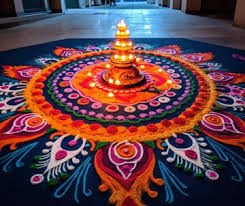
Indian floor paintings are symbols of custom, spirituality, and cultural legacy as much as ornamental art. It is imperative to preserve and revive these creative forms in order to protect India’s unique artistic history, as they are in danger of disappearing completely. Generations after generation have found a way to express their creativity, spirituality, and sense of community via these complex and significant art forms.


